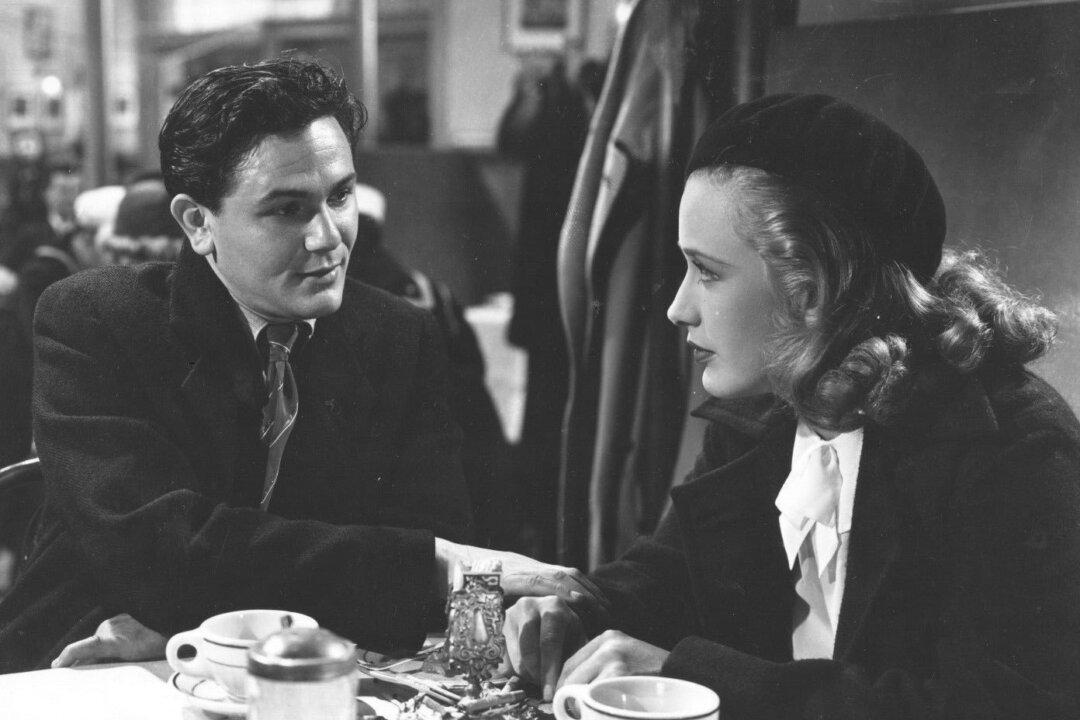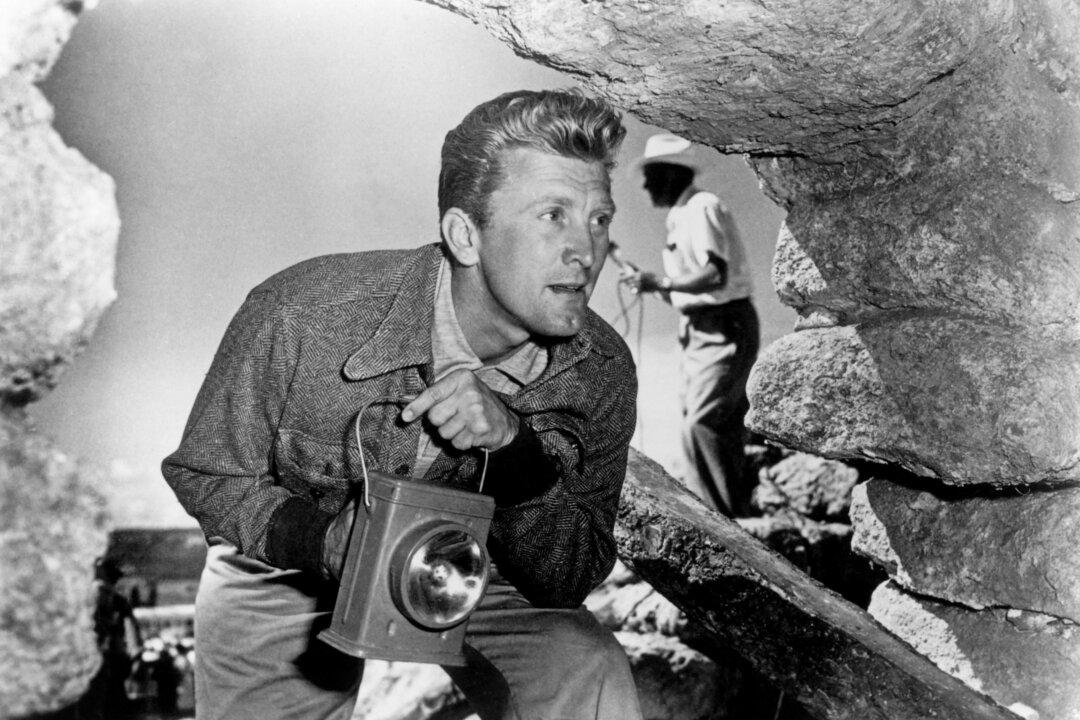“The soul of a great nation is expressed in the life of its humblest people. In this simple story of a Chinese farmer may be found something of the soul of China—its humility, its courage, its deep heritage from the past, and its vast promise for the future.”
So begins “The Good Earth,” the 1937 Academy Award-winning Hollywood adaptation of Pearl S. Buck’s Pulitzer Prize-winning novel of the same name. Chinese New Year is on Jan. 22 this year, earlier than usual. What classic movie is more appropriate for ringing in the Year of the Rabbit than this story of a simple Chinese farmer’s quest to obtain and hold on to land in order to sustain his growing family?






